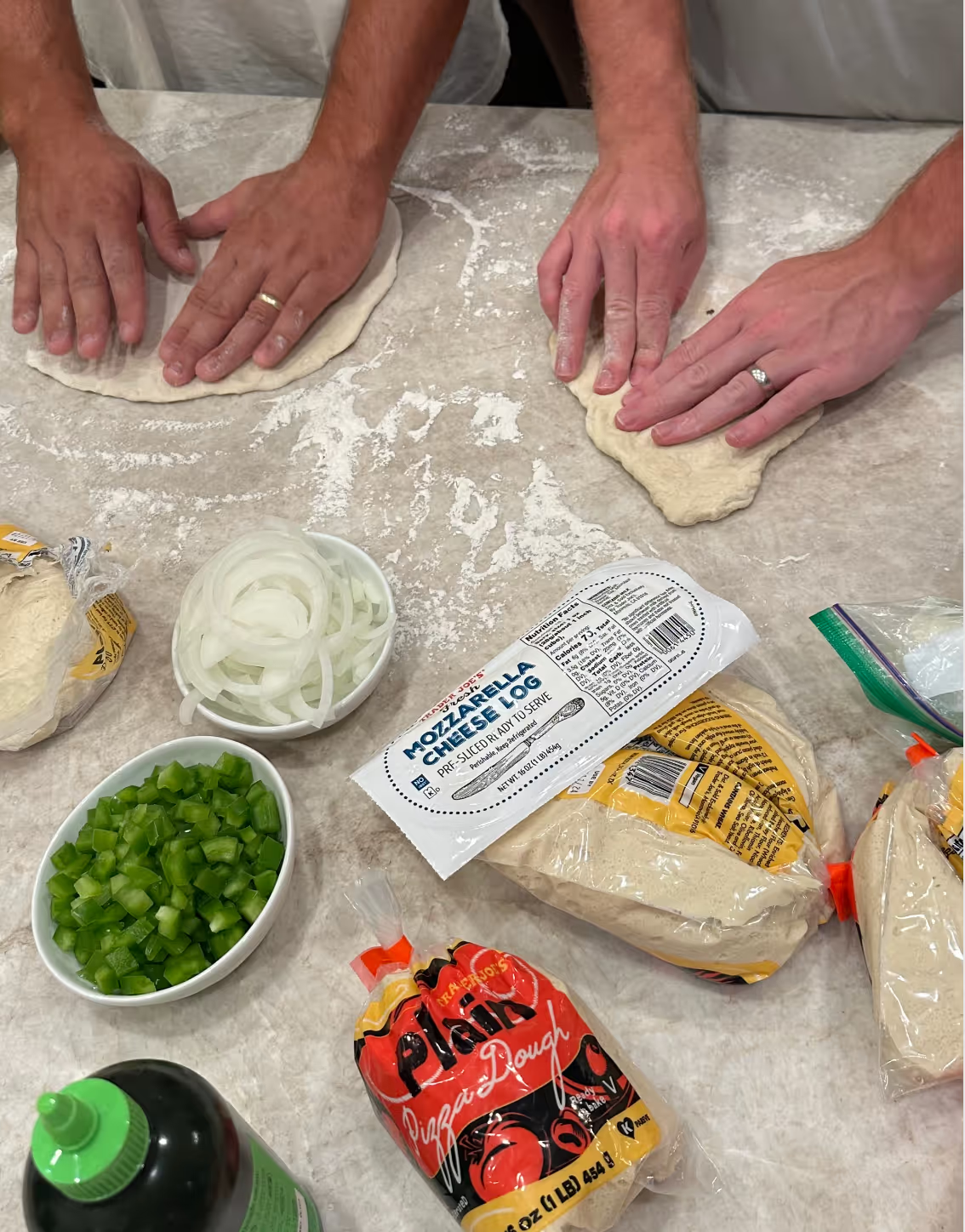The Science Behind the Perfect Pizza Crust
Crispy edges. Airy pockets. That slight chew when you bite in. A truly great pizza crust feels effortless, but behind that slice is some serious science. Whether you are a weekend pizzaiolo or just curious about what makes those restaurant-worthy pizzas so good, here is what really goes into the perfect base.
It Starts with the Dough
Flour, water, yeast, and salt. Simple ingredients, but each plays a key role in texture, flavour, and structure.
- Flour: High-protein flour such as “00” or bread flour is essential. Protein creates gluten, and gluten traps gas bubbles during fermentation for those glorious airy holes.
- Water: More water equals a lighter, airier crumb. Too little water makes a dense, heavy crust.
- Yeast: This tiny powerhouse ferments the dough, producing CO₂ for lift and alcohol for complex flavour.
- Salt: Not just for taste. Salt strengthens gluten and slows fermentation for better flavour control.
The Fermentation Factor
This is where patience pays off. Long, cold fermentation (24 to 48 hours in the fridge) allows yeast to develop flavour and aroma while building that signature light texture. Quick-rise dough? That gives you bread, not pizza.
Tip: Pizzerias almost always use slow fermentation, which is why their crust tastes so good.
Heat is Everything
The biggest difference between a decent pizza and a spectacular pizza? Heat.
Traditional Neapolitan pizza ovens run at 450 to 500°C. That extreme heat does three important things:
- Rapid oven spring – The dough puffs up in seconds, creating those leopard-spotted bubbles.
- Caramelisation and Maillard reaction – These reactions develop complex flavour and golden colour.
- Moisture retention – Fast cooking keeps the crust soft inside while crisp outside.
Home ovens rarely go beyond 250°C, which is why many fall short. Ooni Pizza Ovens hit 500°C, so you can create the same effect at home in just 60 seconds.
Hydration vs Crispy Factor
Want a pizza that is crisp outside but soft and bendy in the centre? That is hydration at work. Higher hydration doughs (65 to 70 percent water) have more open crumb and a softer bite, but they are harder to handle. Lower hydration dough makes for crispier slices that hold their shape.
Timing is Everything
In a 500°C oven, every second matters. Take your pizza out too early and the crust is pale and chewy. Leave it too long and you burn those bubbles. Aim for 60 to 90 seconds for Neapolitan-style pizzas, and a few extra minutes for thicker bases.
Ready to Master Your Crust?
The science says: high heat equals perfect pizza. That is why the Ooni Koda 16 is our current obsession, and it is also our latest giveaway. The only thing better than learning the science? Putting it into practice in your own garden.
Enter the Ooni Koda 16 Giveaway for free here.




